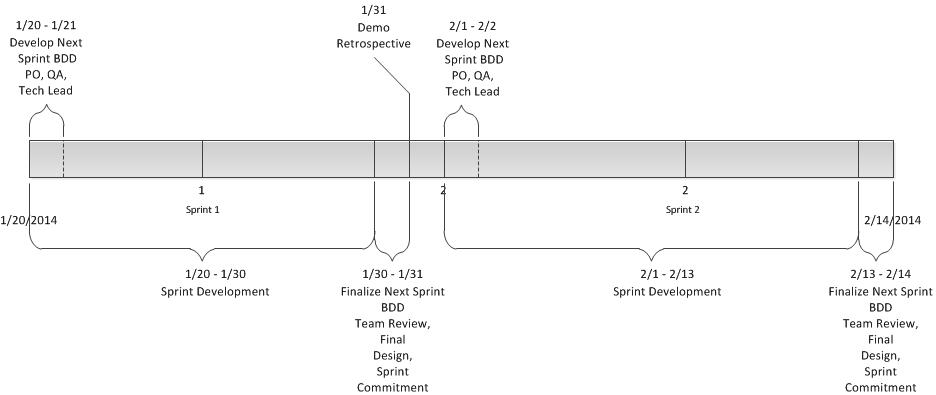I've been involved with Agile with many different organizations now for over 12 years. In these years I've primarily been involved with being a contributing individual over a being an Agile coach.
The business of Agile has grown to a significant size and has now become a product that is sold to businesses who want to move their organization to Agile. The very people who started Agile off as a movement have splintered off into several factions, each having their own opinion or approach in how to help organizations adopt Agile as a capability within their organization. We now have Scrum, SAFe, DAD and LeSS to name a few in our acronym vocabulary.
Agile can indeed bring about valuable changes to an organizations ability to deliver software product more quickly. These areas of Agile are fairly thought out, User Stories, Continuous Integration, Automation and Scrum. You can move your development teams to a faster pace with some focus on specific team and development techniques that require some time to learn with some level of ease.
What Agile is struggling with is at the organizational level. The Agile manifesto is specifically focused on building software better with a goal of delivering high value and quality software to our organizations. A noble cause for sure and one that was sorely needed, given the changes in our software capabilities over the past 20 years.
Sr. Leadership however hasn't changed much, still managing in a large up front analysis budgeting process which creates a painful friction between fast moving product delivery teams and slow moving hierarchical management structures .
For those organizations who are being sold Agile as a product that will deliver 'x' benefits know this about what is occurring. These organizations are finding people who have done 'some' to 'no' real Agile, meaning they haven't actually worked on an Agile team. Getting people who have the 'right' certifications doesn't provide those people with the ability to coach teams in the reality of Agile, only the theory of Agile and their current frameworks.
They are also focused only on the product development area of your business, letting you believe that you will receive huge benefits from moving to Agile without the corresponding changes necessary throughout your entire organization to support a fast paced product delivery teams.
Agile is not a small change management effort, rather it is a multi-year impact to your organization, that if done well will lead you to great success. If done poorly will provide you with significant pain without any corresponding benefits.
I've spent many years thinking about what I might offer from an Agile consulting perspective and I've come to the conclusion that any Agile 'consulting' work that I would want to engage in must include both Sr. Leadership down and the team level.
Another thing I have concluded is that successful organizations that want to become Agile, must do so with a much smaller footprint of coaching. You don't need full-time coaches for a long period of time. In relying on full time coaches you are asking them to be your organizational Agile cop over owning the change within your organization. The most successful Agile organizations I've worked in never had an Agile coach. Let me repeat that, never had an Agile a coach. Instead they owned the move to Agile from the top down. They provided the opportunity for teams to be empowered and fail and were not afraid to change organizational processes when they became impediments to improving Agilty.
SoundAgile will provide two levels of support and coaching for your organization.
- Team Level - Coaching and training will be accomplished through a combination of online training videos, 1:1 coaching and targeted onsite sessions for specific techniques such as Discovery/User Story Mapping, User Story Writing and Behavior Driven Development.
- Management Level - This will cover every management level in your organization, especially focusing in on your most impacted people, your technology managers. Coaching and training will again be accomplished utilizing videos, 1:1 coaching and probably most importantly, targeted 1-2 day sessions that will continue for a multi-year time period. These sessions will provide for a longer term inspect and adapt change management process.
I'm really excited to be launching SoundAgile and am looking forward to working with people and organizations as they engage and encounter this thing called Agile.
SoundAgile will be live within the next two weeks. I look forward to working with people who are motivated to move to Agile and make it work for them and their organizations.




